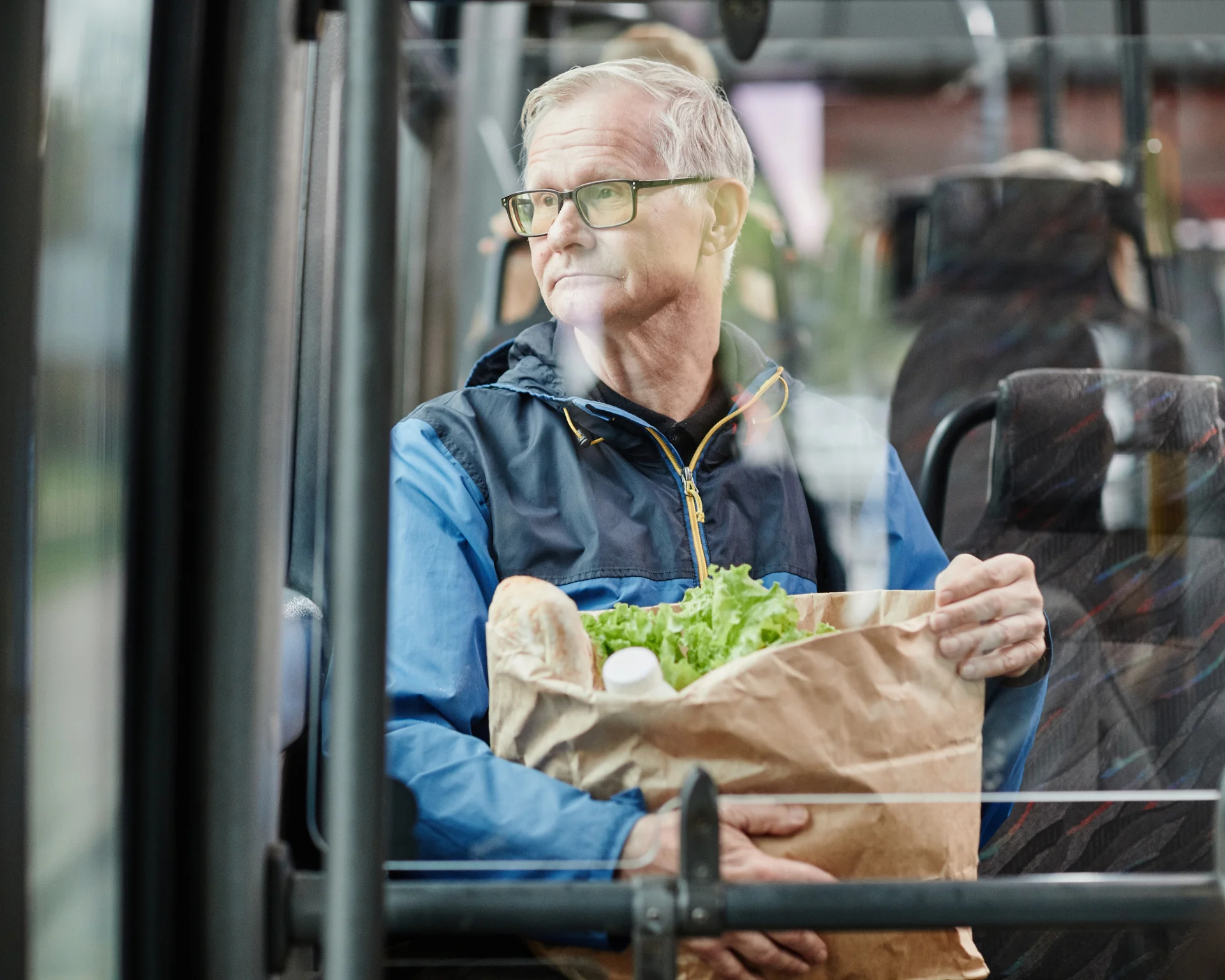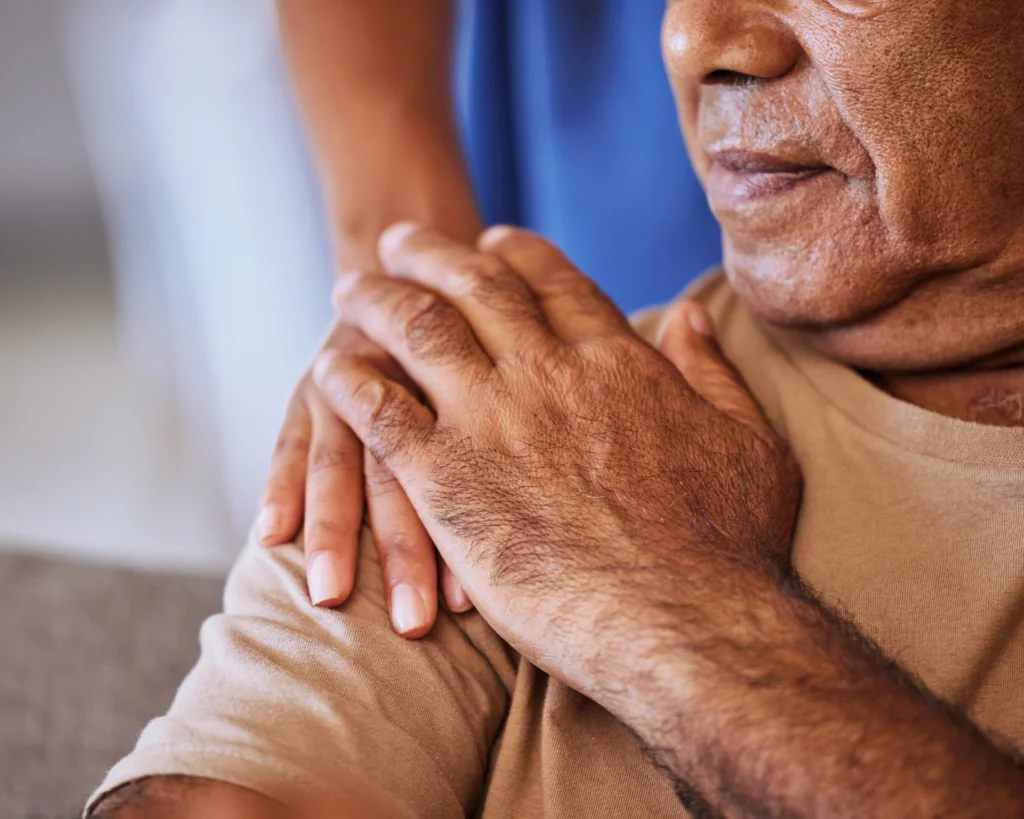Food Shopping by Bus: Not a Picnic
Food insecurity affects about 10% of U.S. households, and people who rely on public transportation are particularly vulnerable.

Read Time: 4 minutes
Published:
In the United States, more than half of adults live with obesity, diabetes, heart disease, or other chronic health conditions. Good nutrition can help prevent and treat these conditions, but affordability, time to gather ingredients and prepare meals, and simply getting to a store that sells fruits and vegetables can all be barriers to healthy eating.
A study I led in Rhode Island sheds light on just how difficult buying healthy food can be when you depend on public buses.
Having no car comes with costs. Heavy grocery bags, bad weather, bus stops, long trips, and limited choices for affordable food: all add up to stress and more health disparities for people who are frequently already vulnerable. Ten percent or more of low-income food shoppers depend on buses.
Food insecurity affects about 10% of U.S. households, and people without cars — disproportionately low-income and Black and Hispanic households, immigrants, older adults, and those with disabilities — are particularly vulnerable to food insecurity.
Analyzing food access when shoppers drive or walk is straightforward. But not many studies have analyzed bus travel: it’s complicated to calculate because of the multiple travel modes required—usually walking, waiting, and sometimes transferring, in addition to time on the bus itself. The fixed bus schedules and routes have to be considered, as well.
A bus route shouldn’t determine what’s for dinner.
We focused on the City of East Providence and two nearby towns, with a range of urban and suburban neighborhoods and a mix of low to high-income households. We identified 69 stores to be surveyed for healthy food. We inspected in person and called managers. We also inspected the websites of those convenience stores that had complete online photographic coverage of their interiors (as was common in all three communities). The retailers included 14 supermarkets and 55 convenience, corner, and dollar stores.
We had two threshold levels for healthy food qualification. The higher level required a selection of 16 fresh fruits and vegetables. The lower threshold required only a selection of 10 canned fruits and vegetables without added sugar. However, no convenience, corner, or dollar store met even the lower threshold, so that level and those stores were not part of our analysis.
Our study broke new ground with innovative methods, like using Google Maps to determine accurate, real-life bus travel distances given a specific travel time budget. Also, unique to this type of study, we consulted with 14 community leaders and residents to calculate the most realistic picture of access. These stakeholders provided key benchmarks for our analyses, telling us 36 minutes was a reasonable maximum time for a round-trip shopping trip by bus. They also shared that two of the fourteen supermarkets we identified were too expensive to be included in our analysis of affordable, healthy food sources.
We also found:
- The total cost varied widely for the nine items—fruits and vegetables, eggs, beans, and a cereal—we checked in the 14 supermarkets. The range for the same food was $14.92 in the least expensive store to twice that ($30.77) in the most expensive.
- Bus access to a regular or discount-priced supermarket was poor, serving less than half of the residents across the three communities.
- In East Providence, less than half of residents had bus access to a discount supermarket, and none had access in the adjoining towns.
- Bus access to food pantries, which provide some relief from food insecurity, ranged from 30% to 48% in the three communities.
We also asked about difficulties with transportation to healthy food sources. One East Providence shopper spoke for many others: “Many of the bus routes do not go to where there are less expensive markets, a lot of bus drivers will refuse you service if you try [to bring on a grocery tote]. …When I’m told how lucky I am to be on a bus route, I like to tell people what I must go through to get a few days of groceries. I prefer to use my electric wheelchair and lug my groceries home on the footrest of my chair.”
Lack of affordable, healthy food access is a health equity issue. A bus route shouldn’t determine what’s for dinner.



